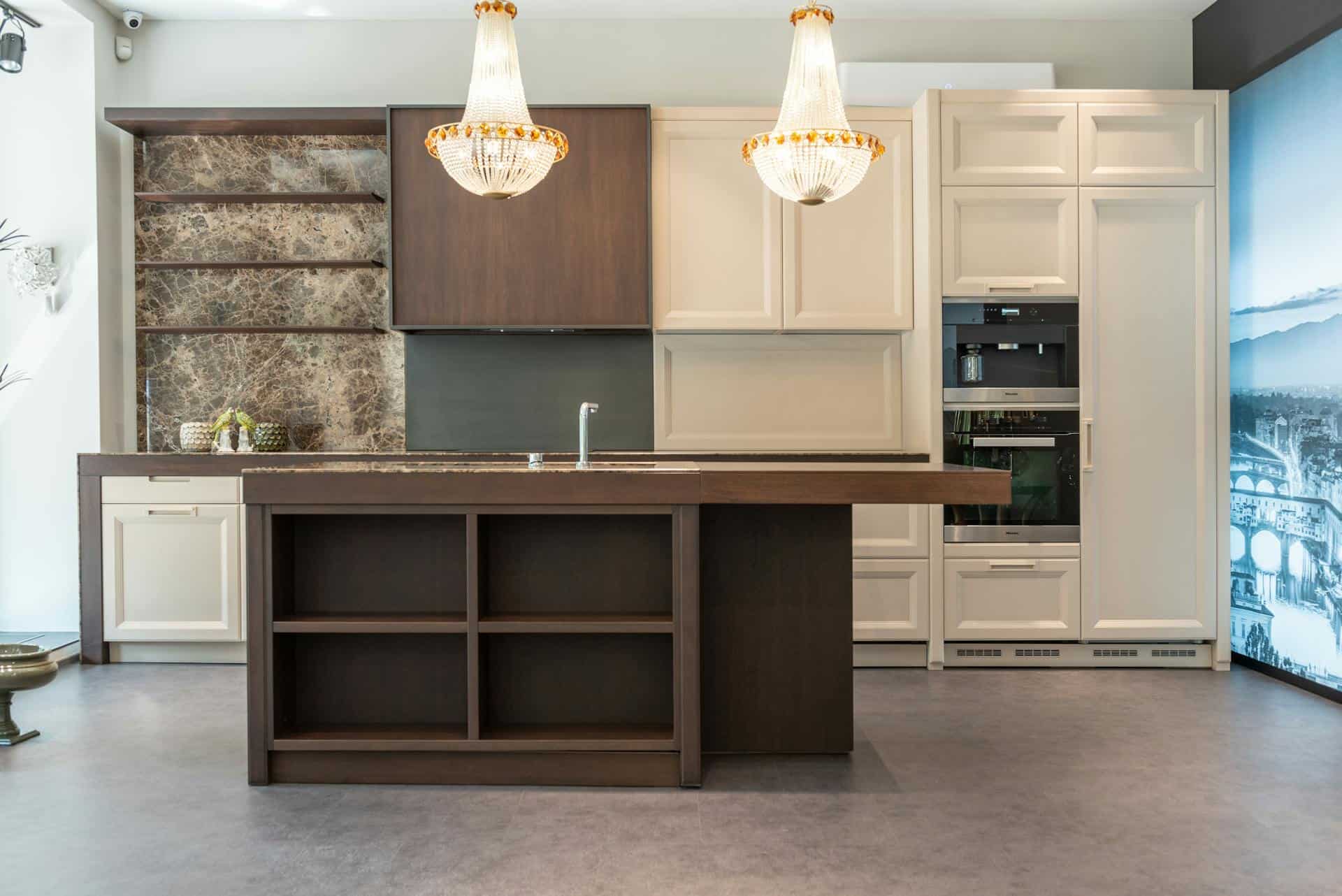
Question: Why is it called a cupboard?
Answer: It is called a cupboard as originally, it was literally a board for cups. Over time, it evolved into enclosed storage furniture with shelves, retaining the “cup” reference despite storing various items.
A Cupboard by Any Other Name
We use cupboards every day. We store food in them, we keep dishes in them, and we hide clutter in them. But have you ever stopped to think about the word “cupboard” itself? Where does this common word come from?
The Origins of “Cupboard”
The word “cupboard” has a fascinating history, evolving over centuries. Originally, in the 14th century, people used the term “cupboard.” This word literally meant a board, or table, for cups. Imagine a simple shelf or table specifically designed to display precious cups. Over time, people began storing other items on these cup boards, expanding their function beyond just cup storage. This shift in usage eventually led to enclosed storage spaces. The word’s meaning changed to reflect this evolution, transitioning from an open “board” to an enclosed “cupboard.” This gradual transformation shows how language adapts to our changing needs and practices.
Click here for more information about Blue Kitchen Refacing
Related Article: What Makes a Cupboard a Cupboard?
Related Article: What is the Difference Between Cupboards and Cabinets?
Cupboards Around the World
Different cultures developed their unique storage solutions and names. While the English word “cupboard” originates from the idea of a “board for cups,” other languages have their own distinct terms reflecting their cultural practices. Exploring these terms reveals fascinating insights into how societies approach storing belongings.
France:
French uses words like “armoire” and “buffet,” reflecting different furniture styles and purposes.Germany:
In German, “Schrank” covers a broad range of storage furniture, from wardrobes to cupboards.Spain:
Spanish speakers use terms like “armario” and “alacena,” similar to French and indicating regional variations.
These linguistic differences reveal how diverse cultures classify and categorize storage furniture. While the function remains similar, the words themselves provide clues about cultural values and practices.
Modern Variations
Cupboards today come in a variety of forms, fulfilling diverse storage needs in modern homes. From kitchen cabinets to bathroom vanities, the basic concept of the cupboard has branched out into specialized storage solutions.
Kitchen Cabinets:
Designed for food storage and kitchenware, they often feature drawers and specialized compartments.Bathroom Vanities:
Combine storage with a sink, optimizing space and functionality in bathrooms.Built-in Wardrobes:
Large, integrated units that maximize storage space in bedrooms, offering customized storage for clothing and personal items.
These variations demonstrate the adaptability of the concept to modern living.
The Enduring Utility of the Cupboard
From its humble beginnings as a “board for cups,” the cupboard has become an essential piece of furniture in homes around the world. Its adaptability and functionality have allowed it to remain relevant through centuries of changing lifestyles. Despite variations in design and terminology, their fundamental purpose persists: to store and organize our belongings.
Conclusion
The word “cupboard” tells a story of evolution, reflecting how language and furniture design adapt to changing needs. From a simple board for cups, it has transformed into a diverse range of storage solutions. So, the next time you open one, take a moment to appreciate its rich history and the linguistic journey of its name. “Why is it called a cupboard?” The answer lies in its simple beginnings, a board, or table, for cups.

Blue Malue Get in touch with Blue here.
